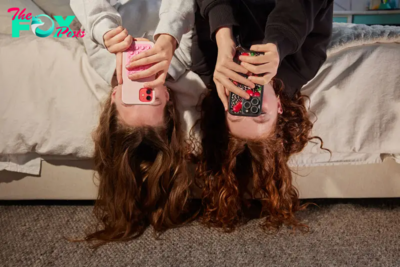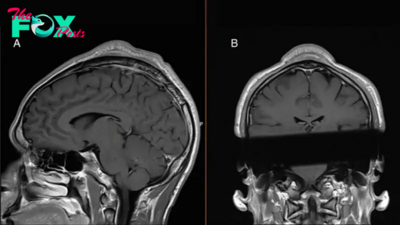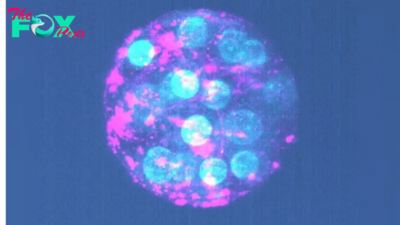Health
Can humans see ultraviolet light?
The colors of the rainbow are all around us, but so are hues that most of us can't see, including ultraviolet — a wavelength that eludes many humans but, surprisingly, many Animals can perceive.
Ultraviolet (UV) wavelengths are smaller than those on the visible spectrum, but can people see them? The answer, it turns out, depends on how old you are and whether your eyes contain UV-filtering lenses, experts told Live Science.
First, it's important to understand how sight works. In the back of the eye, the retina has photoreceptors that sense light and send signals about the wavelengths they detect through the optic nerve to the brain, which interprets them as color.
In fact, our blue-detecting cones can detect some UV light. However, the lens — the clear, curved structure in the eye that focuses light onto the retina to help us see more clearly — filters out UV light, so the high-energy wavelength never actually reaches the cones, Michael Bok, a biologist who studies vision at Lund University in Sweden, told Live Science.
Related: Why doesn't your vision 'go dark' when you blink?
Or at least the lens filters out most UV wavelengths, for most people. Despite the lens' ability to filter out most UV light — to protect our eyes from UV damage, which can age structures in the eye and increase the risk of cancer — most young people can perceive some amount of it. In a small 2018 study published in the journal PLOS One, all of the college-aged participants at the University of Georgia could see UV light at approximately 315 nanometers. (The full range of UV light is about 10 to 380 nm, with violet beginning at the latter.) During the experiment, "our subjects consistently reported that the light appeared a desaturated violet-blue," the researchers wrote in the study. But this ability appears to drop off around age 30, indicating that aging reduces the ability to see UV wavelengths.
Some people can see much more of the UV light spectrum, however. Up until the 1980s, cataract surgery involved removing the cloudy lens from the eye and not implanting a replacement, so people who had the operation could see UV light. For these people and those born without a lens, UV light looks like a pale blue or pale violet, Bok said. In a famous example, impressionist painter Claude Monet saw more blue and purple overtones in water lilies after having cataract surgery in 1923 and reflected this difference in his later paintings.
-

 Health13h ago
Health13h agoTeens Are Stuck on Their Screens. Here’s How to Protect Them
-

 Health19h ago
Health19h agoHow Pulmonary Rehab Can Help Improve Asthma Symptoms
-

 Health19h ago
Health19h ago10 Things to Say When Someone Asks Why You’re Still Single
-

 Health1d ago
Health1d agoThe Surprising Benefits of Talking Out Loud to Yourself
-

 Health1d ago
Health1d agoDoctor’s bills often come with sticker shock for patients − but health insurance could be reinvented to provide costs upfront
-

 Health2d ago
Health2d agoHow Colorado is trying to make the High Line Canal a place for everyone — not just the wealthy
-

 Health2d ago
Health2d agoWhat an HPV Diagnosis Really Means
-

 Health2d ago
Health2d agoThere’s an E. Coli Outbreak in Organic Carrots



























